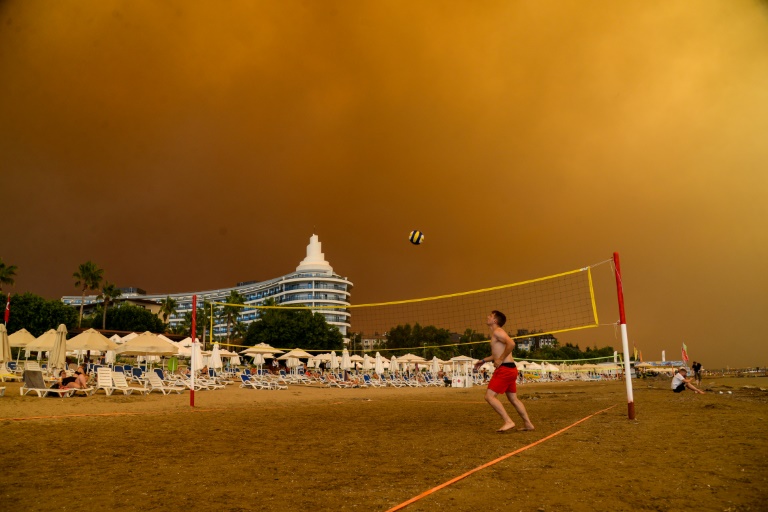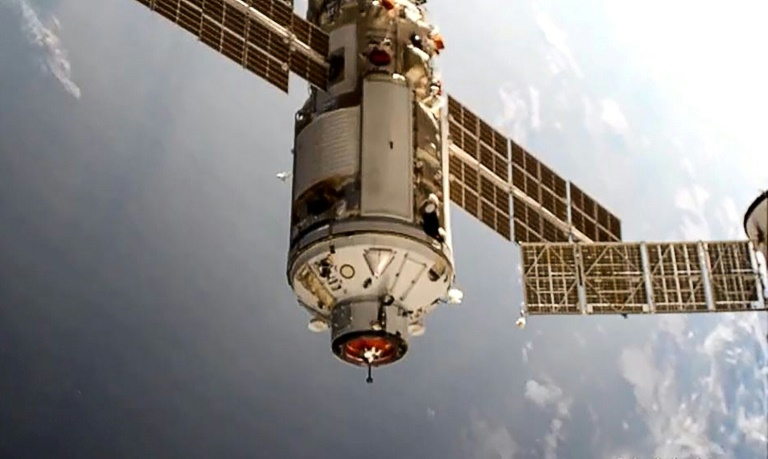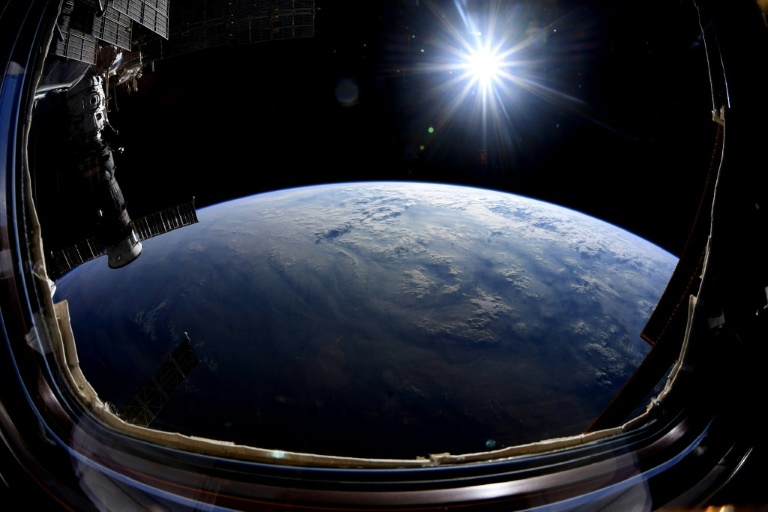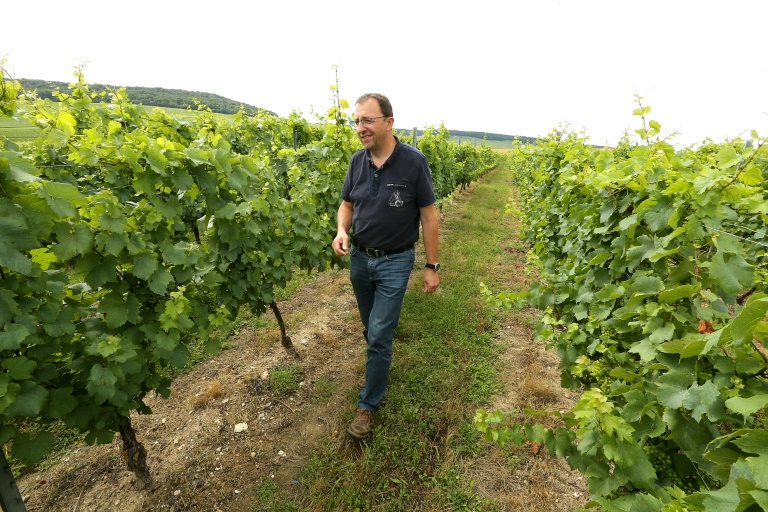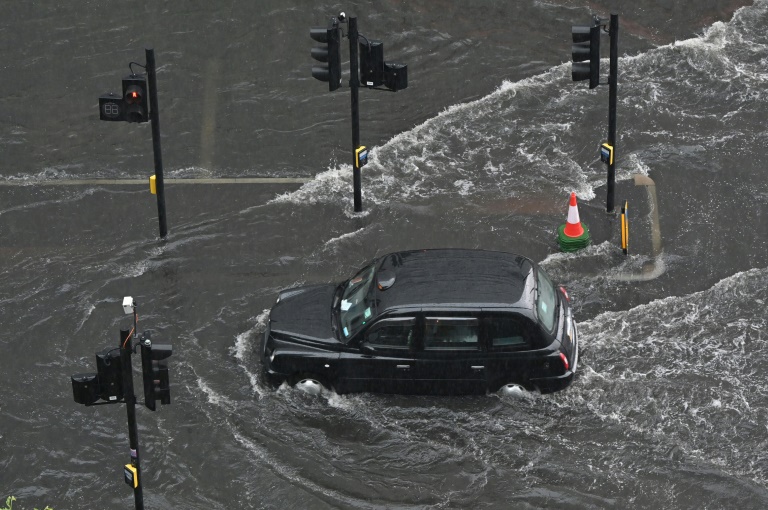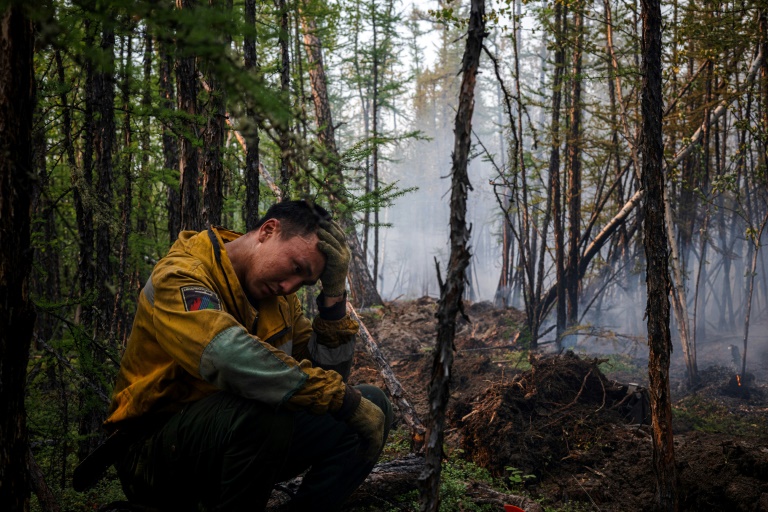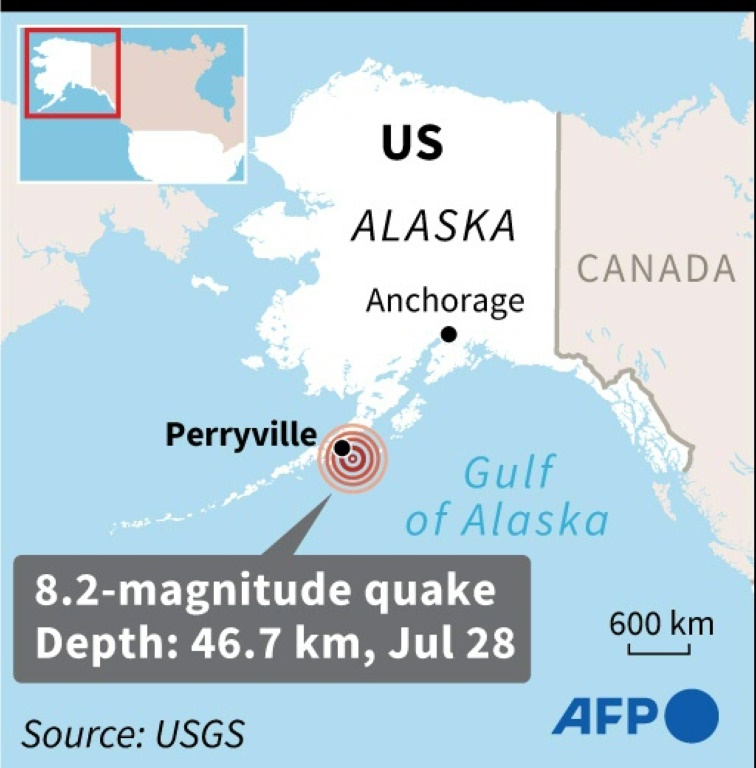Forest fires rage near Turkish resorts, killing three
Three people were reported dead Thursday and more than 100 injured as thousands of firefighters battled huge blazes spreading across the Mediterranean resort regions of Turkey’s southern coast.
Officials also launched an investigation into suspicions the fires that broke out Wednesday in four locations to the east of the tourist hotspot Antalya were the result of arson.
Turkey’s disaster and emergencies office said three people were killed — including an 82-year-old who lived alone — and 122 injured by the fires.
“Treatment of 58 of our citizens continues,” it was quoted as saying by the Anadolu state news agency.
The fires first emerged across a sparsely populated region about 75 kilometres (45 miles) east of Antalya — a resort especially popular with Russian and other eastern European tourists.
But they were creeping closer Thursday to sandy beaches dotted with hotels and resorts.
Images on social media and Turkish TV showed residents jumping out of their cars and running for their lives through smoke-filled streets lit up by orange flames.
The heavy clouds of smoke turned the sky dark orange over a beachfront hotel complex in the town of Manavgat.
Agriculture Minister Bekir Pakdemirli said a hotel was also being evacuated near the tourist city of Bodrum — some 300 kilometres west of Antalya — as new fires broke out across the southern coast.
– Full mobilisation –
The fires were raging with temperatures approaching 40 degrees Celsius (104 degrees Fahrenheit) and wind gusts of 50 kilometres (30 miles) an hour.
But Antalya mayor Muhittin Bocek said he suspected foul play because the fires started in four locations at once.
“This suggests an arson attack, but we do not have clear information about that at this stage,” Bocek said.
Turkish President Recep Tayyip Erdogan said an investigation had already been launched.
The Russian embassy said Moscow had sent three giant firefighting aircraft to dump fire retardant on the burning forests to contain the flames.
Greece’s foreign minister Nikos Dendias told his Turkish counterpart that Greece, whose ties with its neighbour are tense, was “ready to help if needed,” the Turkish ministry said.
More than 4,000 Turkish firefighters had been dispatched across the region to help contain the damage and search for people needing help.
They rescued 10 people on Thursday who were stranded on a boat in a lake that was surrounded by burning forest.
“All of the state’s means have been mobilised,” Environment Minister Murat Kurum said. “All our teams are in the field.”

